
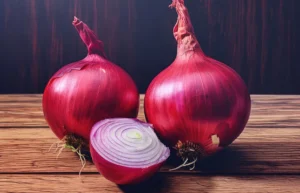
Onion
Onion is a widely cultivated vegetable known for its pungent flavor and use in cooking worldwide, forming a tunicate bulb with fleshy, layered leaves that store food.
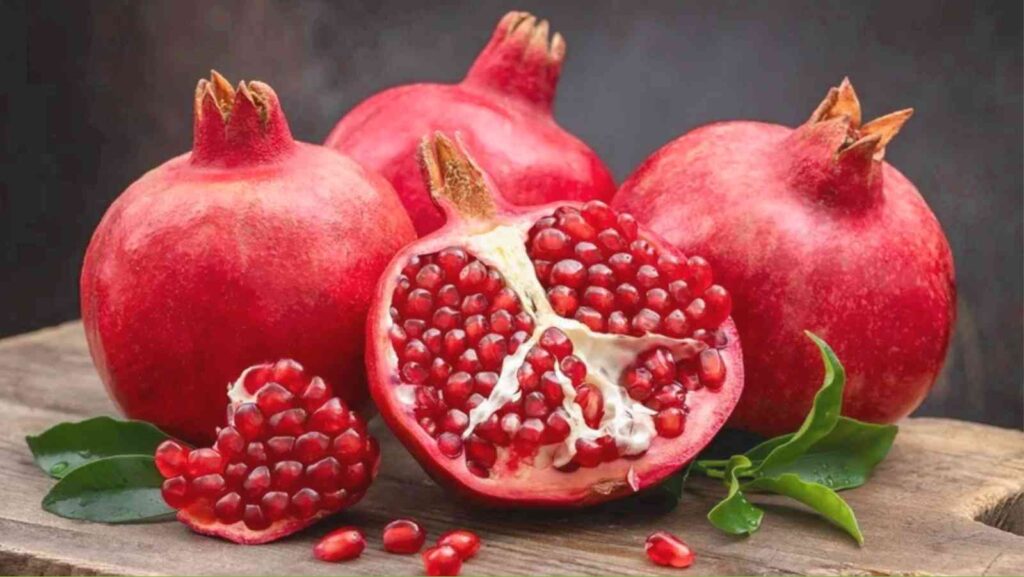
Pomegranate
Indian pomegranates are a significant part of the global market, with India being one of the world’s leading producers.
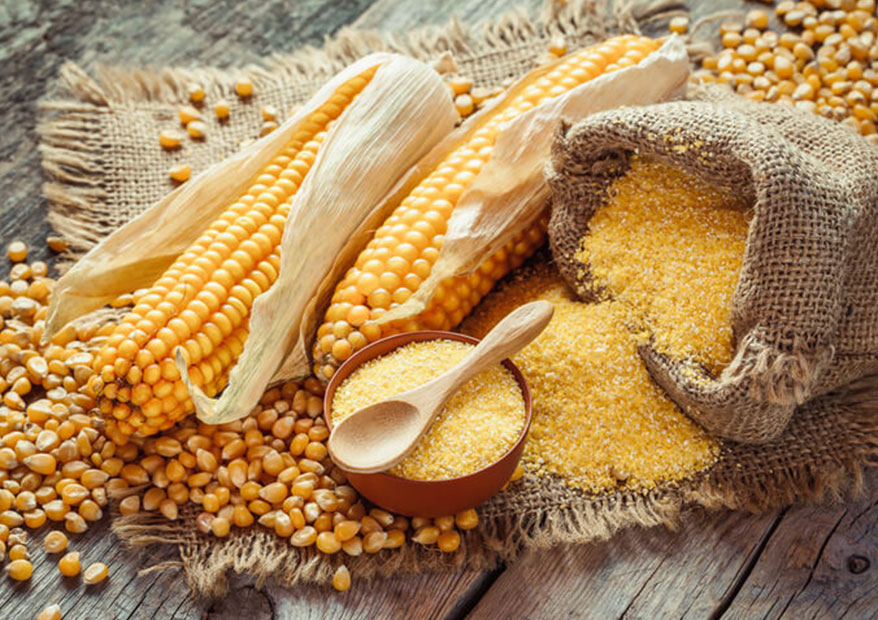
Maize
In India, maize is known by the names Makka, Makai, or Bhutta. The term Makka is common across the country.
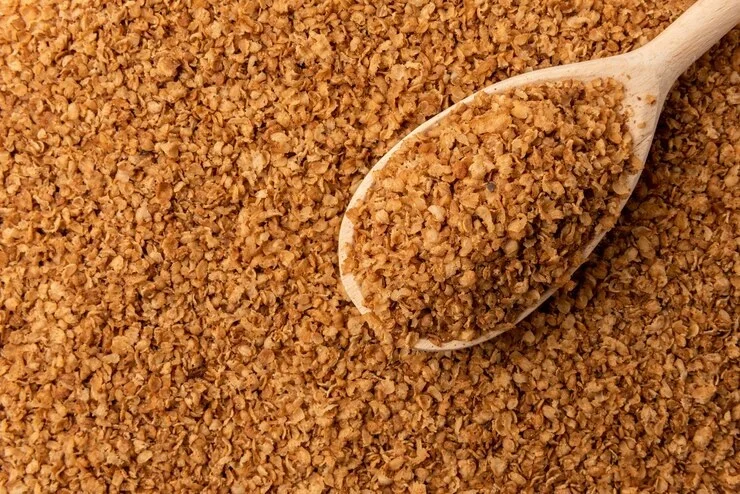
DORB
DORB is an acronym for De-Oiled Rice Bran, a byproduct of the rice milling process that is rich in protein, amino acids, vitamins, and minerals, and is primarily used as a cost-effective ingredient in animal feed for cattle, poultry, and fish. It is a sustainable and affordable option for animal nutrition, contributing to the wholesome development of livestock and poultry.
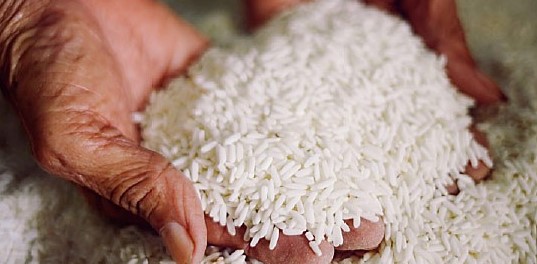
Rice polish
Rice polish is used in cattle feed as an affordable and nutritious ingredient, providing energy from carbohydrates and fats, along with protein, vitamins (especially B vitamins), and minerals. It offers a good nutritional profile with moderate protein and high energy content, and can improve milk production, growth, and overall health in cattle. However, its amino acid profile isn’t always balanced and can be supplemented with other protein sources, and its high phosphorus content but low calcium content should be considered by feed nutritionists when formulating rations.
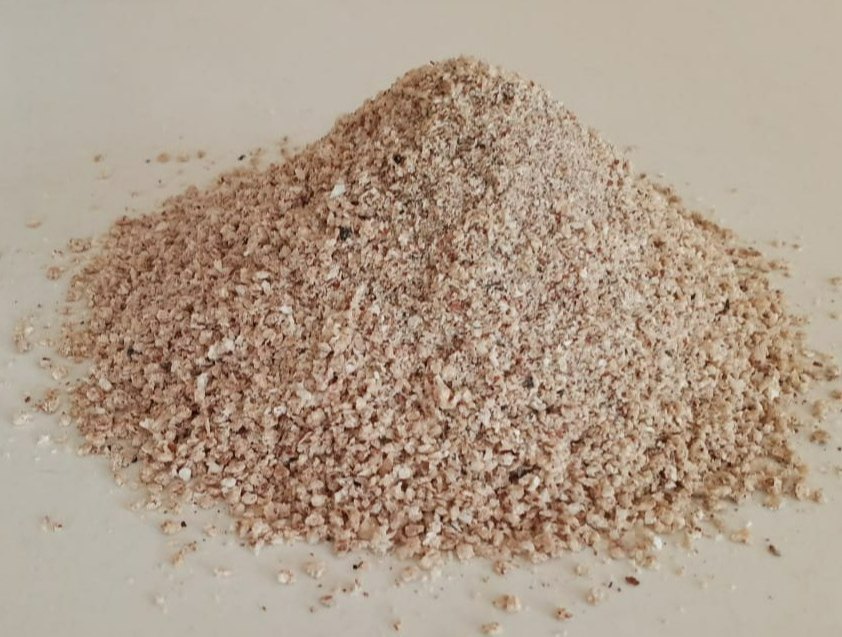
Coconut Doc
“Coconut doc,” or Coconut DOC, refers to de-oiled coconut cake, also known as copra meal. It is a high-fiber byproduct of the coconut oil extraction process, produced by grinding de-oiled copra into a powder or mash. Coconut DOC serves as a valuable component in animal feed, providing a significant source of dietary fiber, protein, and energy for livestock like cattle and other animals.
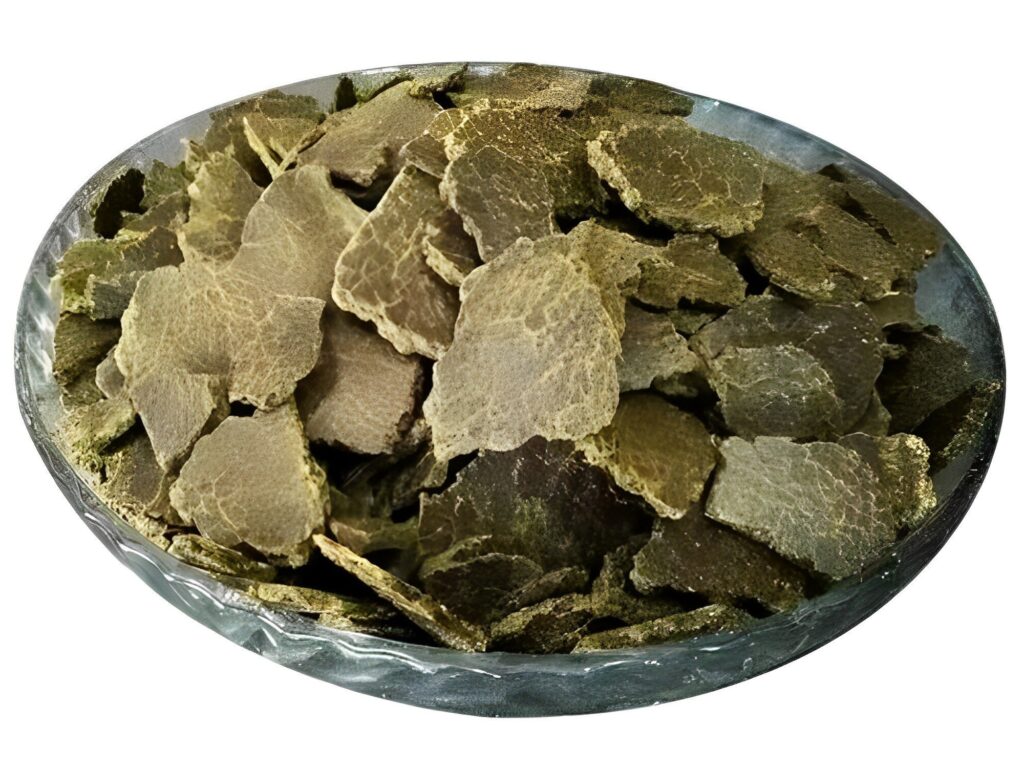
Cotton Seed Doc Flakes
Cotton seed doc flakes refers to cottonseed oil cake, also known as cottonseed meal, that has been processed into a coarse, flaky or granular form. DOC is an acronym for De-Oiled Cake. It is a protein-rich byproduct of the cotton industry, created after oil is extracted from cottonseeds. The flakes are primarily used as a livestock feed ingredient or as an organic fertilizer.
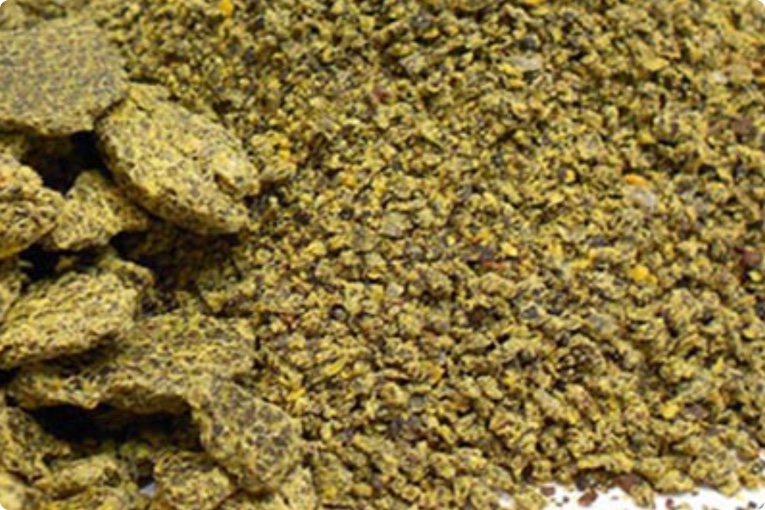
Rapeseed Meal
Rapeseed meal is a high-protein animal feed produced from the extraction of oil from rapeseeds (also known as canola). It’s a valuable, cost-effective, and sustainable source of nutrients, offering a balanced amino acid profile that includes essential amino acids, vitamins, and minerals. It is used in livestock, poultry, and aquaculture feeds as a substitute for other proteins like soybean meal, though its use is limited by high fiber content and the presence of antinutritional factors in some non-ruminant diets.
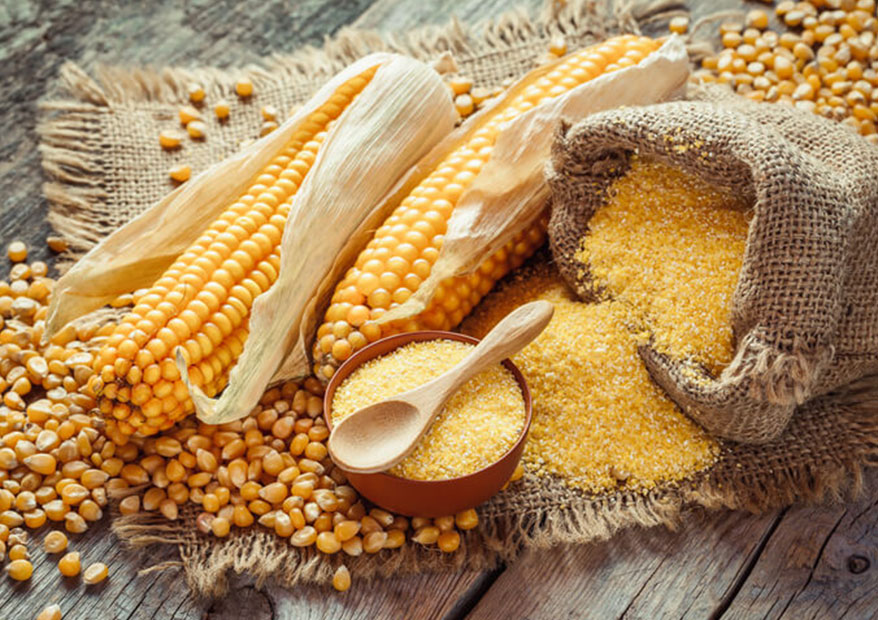
Maize Gluten Feed
Maize gluten feed is a byproduct of the wet milling of corn to produce cornstarch, sweeteners, and oil. The product is a high-fiber, medium-protein feed ingredient used primarily for livestock. It should not be confused with maize gluten meal, which has a much higher protein content.
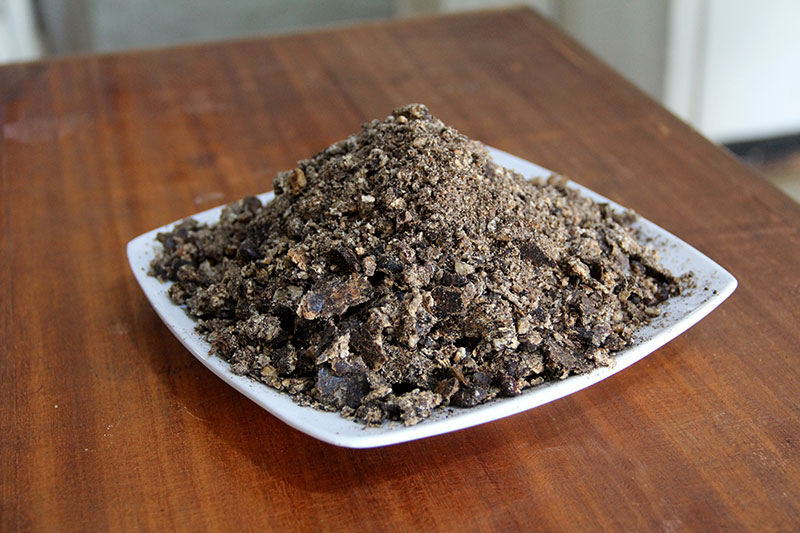
Palm Kernel Cake
Palm kernel cake (PKC) is a fibrous, high-protein byproduct of the palm kernel oil extraction process, primarily used as a cost-effective feed for livestock. The specific nutritional value of PKC varies based on the oil extraction method used.
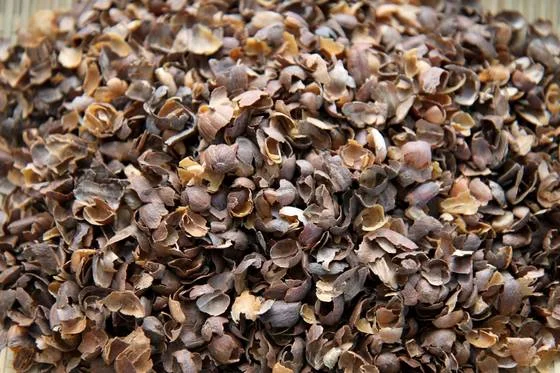
Coffee Husk
Coffee husk, or cascara in Spanish, is the outer layer of the coffee cherry that is removed during the coffee processing stage. Historically considered a waste byproduct, it is now being repurposed into a variety of valuable products for the food, agricultural, and manufacturing industries. The composition of coffee husk varies depending on the coffee species and processing method, but it is typically rich in fiber, antioxidants, and minerals.
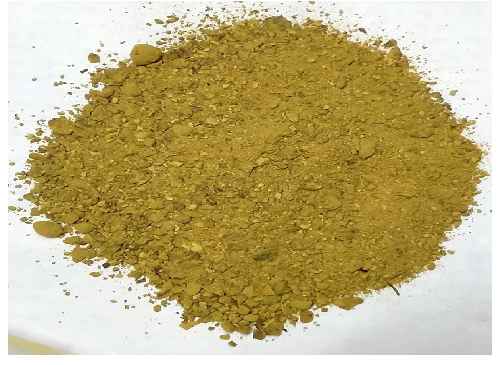
Shea DOC
“Shea DOC” refers to Shea De-Oiled Cake, a byproduct of the shea butter extraction process. It is a nutritious ingredient rich in fiber and energy, primarily used in animal feed, particularly for cattle, but also has applications as a fuel source and in the production of other materials.
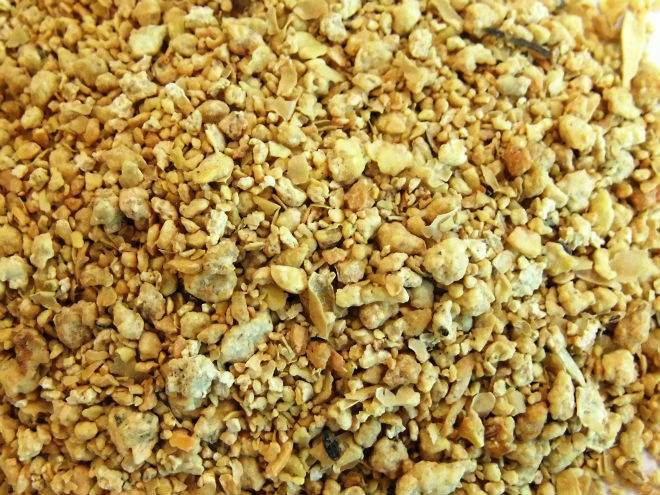
Soya DOC
Soya DOC stands for Soya De-Oiled Cake, which is a highly digestible, high-protein byproduct of soybean oil extraction, used primarily as an animal feed supplement for livestock, poultry, and aquaculture. It is a nutrient-dense ingredient that provides essential proteins, energy, and other nutrients vital for animal growth and well-being. Soya DOC is often a cost-effective substitute for other protein sources in animal feed formulations.
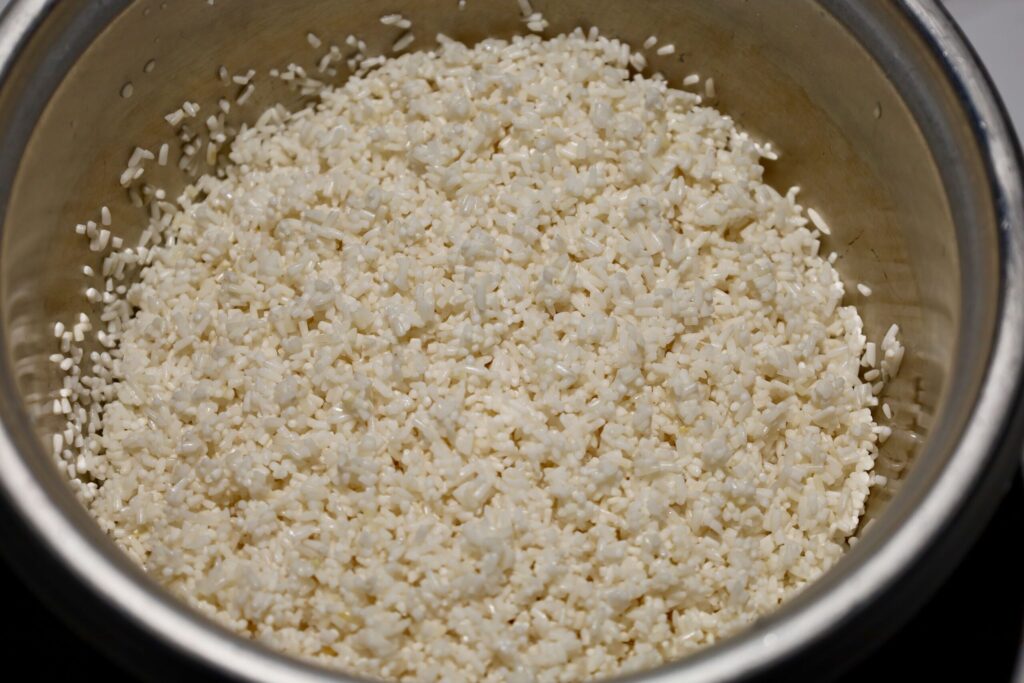
Broken Rice
Broken rice, or ground rice, consists of rice grains that are broken during the milling, drying, or transport process. Although broken, it retains the same nutritional composition as whole rice, with a softer texture when cooked. Broken rice is a versatile and economical ingredient used in cooking, animal feed, brewing, and the production of various rice-based products like flour, baby food, and alcoholic beverages
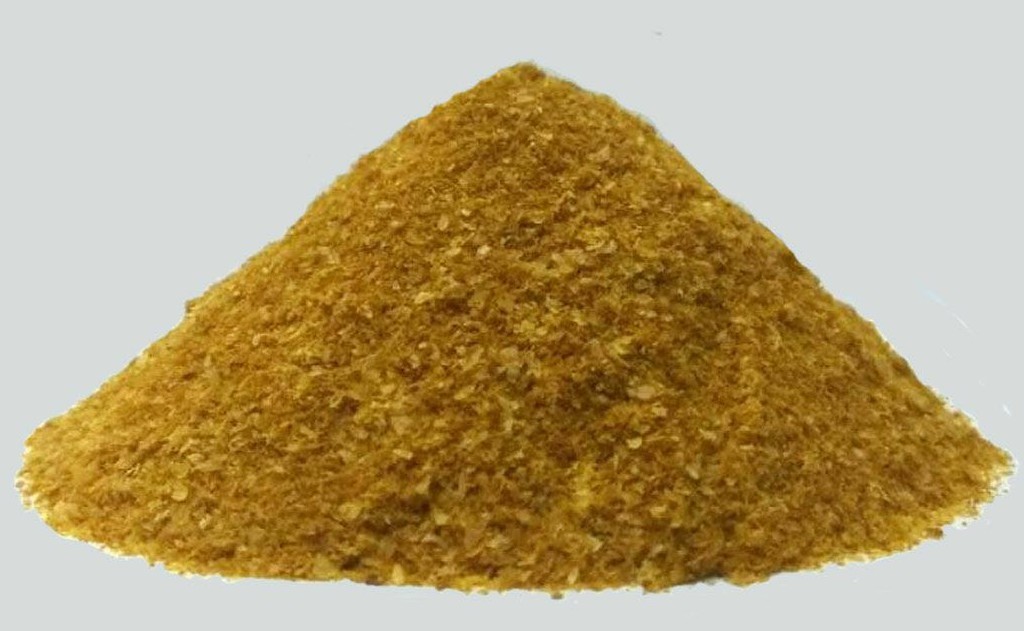
Maize DDGS
Maize DDGS (Distillers Dried Grains with Solubles) is a popular and nutritious co-product of ethanol production, widely used in cattle feed as a cost-effective source of protein, energy, and digestible phosphorus. Its high fiber and fat content provide essential energy without causing rumen acidosis, while its rich amino acid profile supports cattle growth, milk production, and overall health. DDGS can partially replace more expensive traditional ingredients like corn and soybean meal, improving feed efficiency and animal product quality, and has a longer shelf life compared to other feed ingredients.
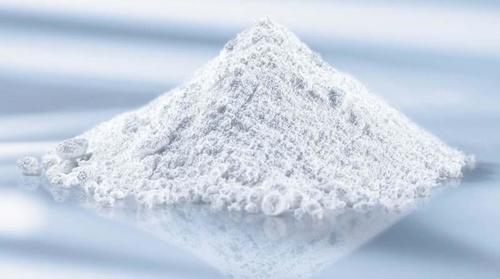
Calcite Powder
Calcite powder is added to cattle feed to supply calcium, an essential mineral for bone health, nerve function, and milk production, as well as providing other beneficial trace minerals like copper, zinc, and manganese. It is a natural source of calcium carbonate, which is easily dissolved and absorbed in the rumen, making it an effective supplement that supports overall animal health, growth, and high-yield farming.
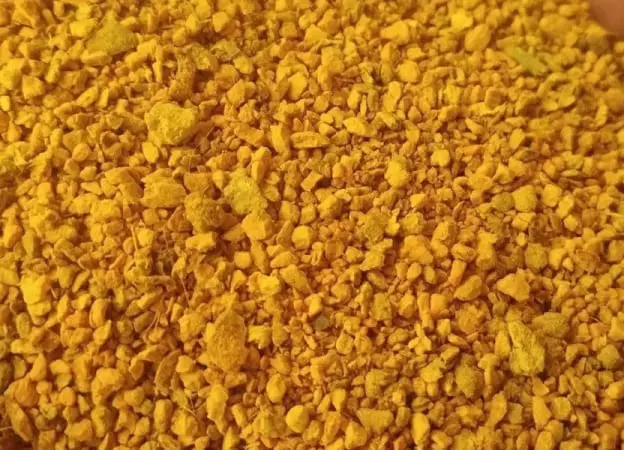
Turmeric Spent
“Turmeric spent,” also known as turmeric doc (de-oiled cake), is a byproduct of the turmeric extraction process, where valuable components like curcumin are removed from the turmeric root. It is a biomass material that retains some of the turmeric’s smell and taste and is used in animal feed (cattle, poultry, aquaculture), as a biofuel, and for other industrial powdering purposes
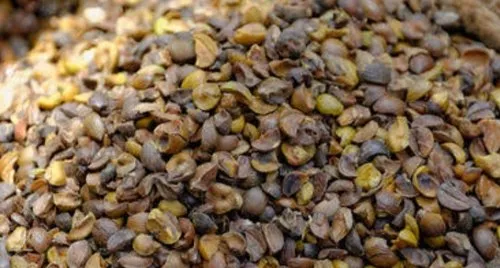
Sal Seed Extraction
The byproduct of sal seed oil extraction, known as sal seed meal or de-oiled cake, can be used as an energy-rich ingredient in cattle feed. However, it must be used in limited quantities due to its high tannin content, which can inhibit nutrient digestion.
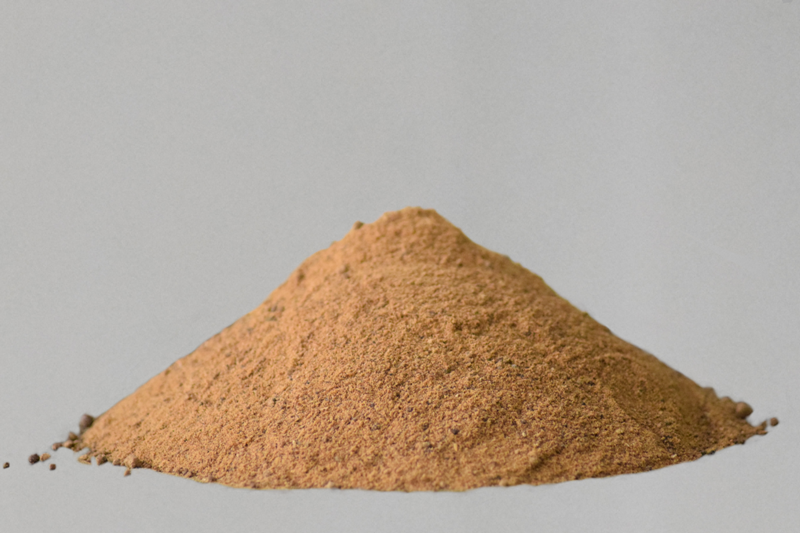
Rice DDGS
Rice distiller’s dried grains with solubles (DDGS) is a co-product of the ethanol production process that uses rice as a raw material. This nutrient-dense ingredient is a cost-effective and highly digestible source of protein, fiber, and energy for cattle.
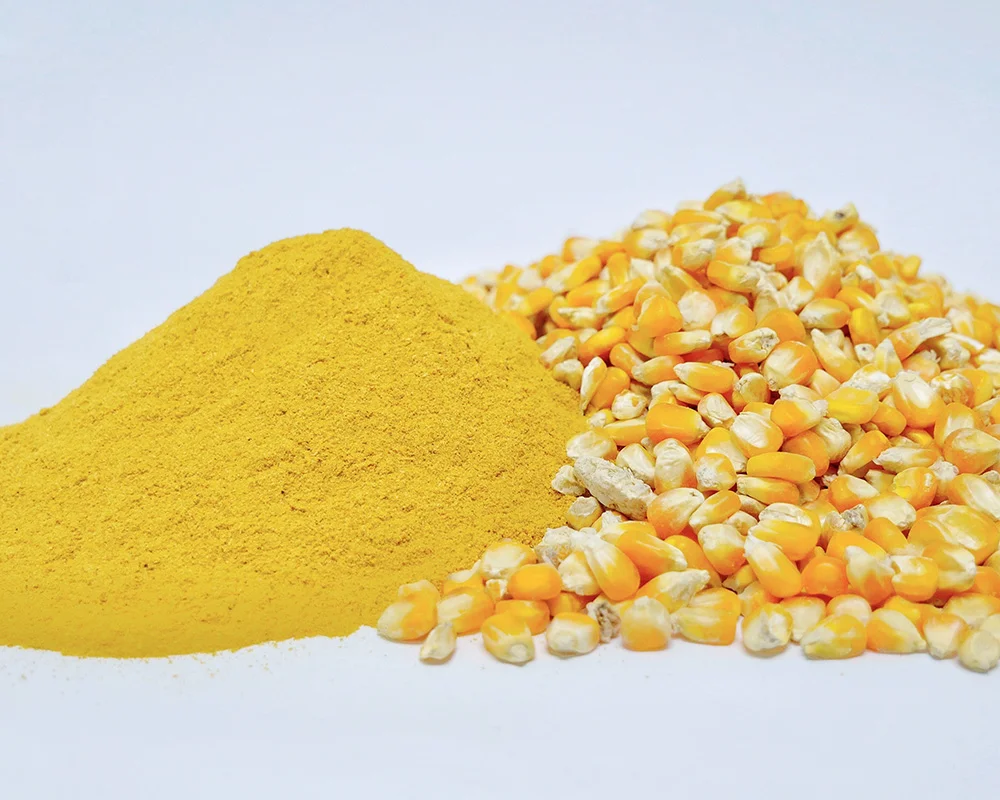
Corn Protein Feed
Corn protein feed, specifically corn gluten feed, is a high-fiber, high-energy, and moderately protein-rich by-product of corn wet-milling, used to feed ruminants (like cattle), pigs, poultry, and fish. It contains a significant amount of protein, fiber, and some residual starch and fat, making it a useful ingredient for promoting growth and digestive health in animals.
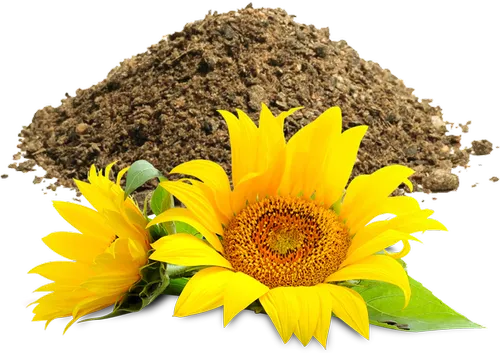
Sunflower Doc
Sunflower doc (de-oiled cake) is a high-protein, high-fiber feed ingredient for cattle, providing essential nutrients like protein and vitamin E, and is used to support growth, digestion, and overall well-being. It’s a cost-effective, nutritious alternative to other feeds and can be safely incorporated into cattle rations, with decorticated (oil-free) meal being suitable for all livestock and undecorticated (high-fiber) meal best for adult ruminants.
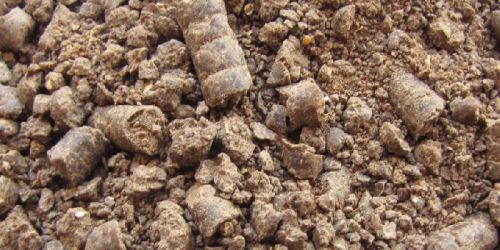
Groundnut de-oiled cake (DOC)
Groundnut de-oiled cake (DOC), also known as groundnut meal or groundnut oil cake, is a protein-rich byproduct widely used as cattle feed. It is made from groundnut kernels after the oil has been extracted.
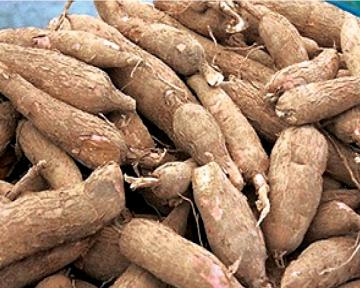
Tapioca Thippi
Tapioca thippi (also known as kappi or cassava waste) is the fibrous byproduct left over from the manufacture of sago. While it is low in protein and fat, it is a low-cost, high-energy feed ingredient for cattle, particularly in regions where it is readily available, such as parts of India.
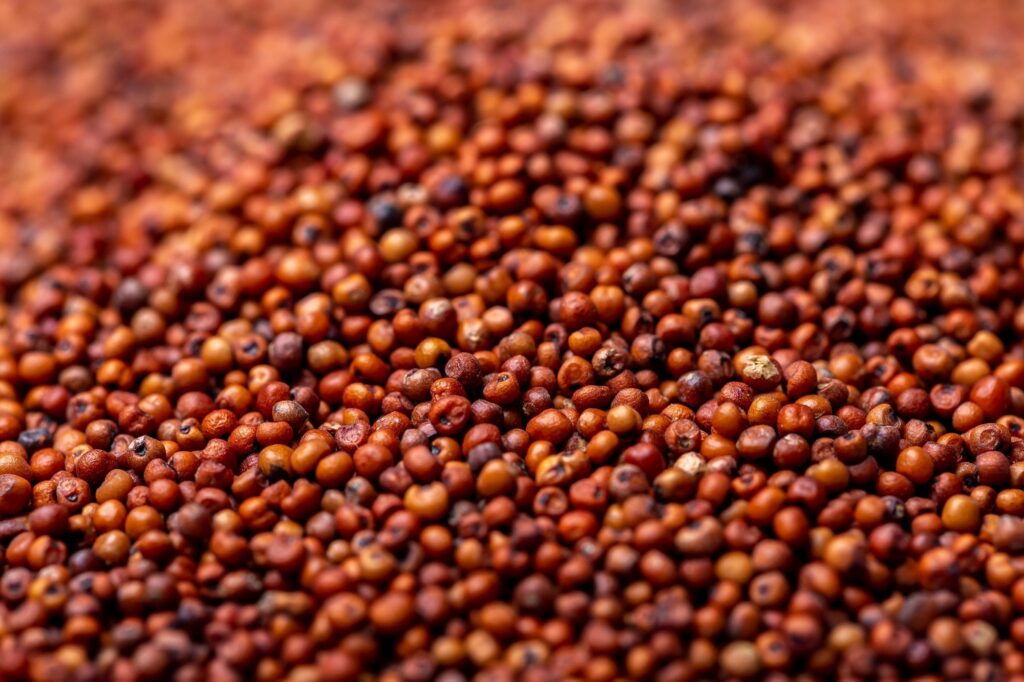
Ragi
Ragi, scientifically known as finger millet (Eleusine coracana), is a nutritious, gluten-free grain widely grown and consumed in India and Africa, especially Karnataka. It’s a superfood, valued for its high content of calcium, fiber, iron, and antioxidants. Ragi is used in various dishes like porridge, malt, and dosa, offering health benefits such as improved bone health, better digestion, and help with blood sugar management.